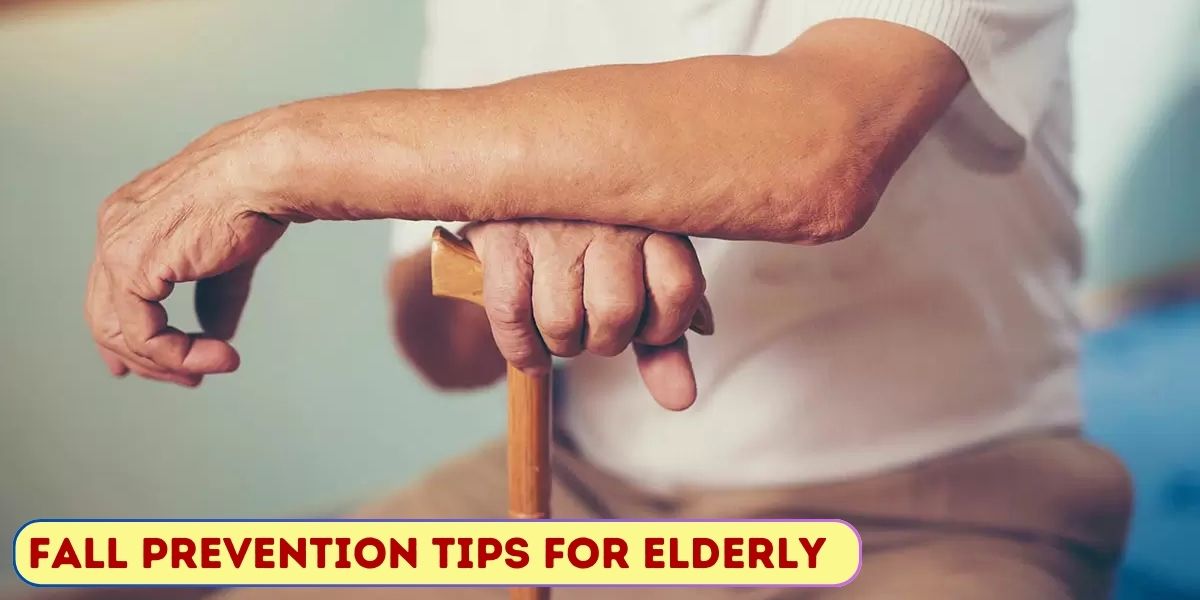- Human Mechanic Clinic
- 0 Comments
Fall prevention tips for the older adult
Falls can have very serious consequences as we age. Each year, more than 25 percent of adults 65 or older have a fall, and 3 million are treated in emergency departments for fall injuries, according to the Centers for Disease Control and Prevention.
The risk of falls in older adults is often linked to multiple factors, including
- Balance and/or walking problems. Balance can be affected by vision changes, vestibular problems and altered sensation in the feet.
- The use of multiple medications. Studies indicate that when individuals take five or more medicines, the risk of falls increases.
- home hazards ( including dim lighting, trip hazards)
- Orthostatic blood pressure ( positional low blood pressure/ blood pressure drops when standing up)
- Feet and footwear issues
Falls often occur in the bathroom when sitting or standing on the toilet or shower, or at night in a dark bedroom when getting up quickly and tripping on the way to the bathroom.
Some fall Prevention tips
1. Consult with a physiotherapist to help you balance training problems.
While it’s not possible to completely prevent a fall, exercises that focus on balance and strength training can reduce the risk of falling.
2. Wear sensible shoes
Consider changing your footwear as part of your fall prevention plan. High heels, floppy slippers and shoes with slick soles can make you slip, stumble, and fall. So can walking in your stocking feet.
Instead, wear properly fitting, sturdy, flat shoes with nonskid soles. Sensible shoes may also reduce joint pain.
3. Remove home hazards
Take a look around your home for potential fall hazards. To make your home safer:
- Remove boxes, newspapers, electrical cords, and phone cords from walkways.
- Move coffee tables, magazine racks and plant stands from high-traffic areas.
- Secure loose rugs with double-faced tape, tacks, or slip-resistant backing – or remove loose rugs from your home.
- Repair loose, wooden floorboards and carpeting right away.
- Store clothing, dishes, food, and other necessities within easy reach.
- Immediately clean spilled liquids, grease, or food.
- Use nonslip mats in your bathtub or shower. Use a bath seat, which allows you to sit while showering.
4. Light up your living space
Keep your home brightly lit to avoid tripping on objects that are hard to see. Also:
- Place night lights in your bedroom, bathroom, and hallways.
- Place a lamp within reach of your bed in case you need to get up in the middle of the night.
- Make clear paths to light switches that aren’t near room entrances. Consider trading traditional switches for glow-in-the-dark or illuminated switches.
- Turn on the lights before going up or down stairs.
- Store flashlights in easy-to-find places in case of power outages.
5. Use assistive devices
Your healthcare provider might recommend using a cane or walker to keep you steady. Other assistive devices can help, too. For example:
- Handrails for both sides of stairways
- Nonslip treads for bare-wood steps
- A raised toilet seat or one with armrests
- Grab bars for the shower or tub
- A sturdy plastic seat for the shower or tub — plus a hand-held shower nozzle for bathing while Sitting down
Remember, it’s important to talk to your doctor or physical therapist about fall prevention. It is always best to have company while exercising for supervision.
Blog Written By Dr. Ashwini Kapoor – Consultant Physiotherapist At Human Mechanic Clinic, Pune.

